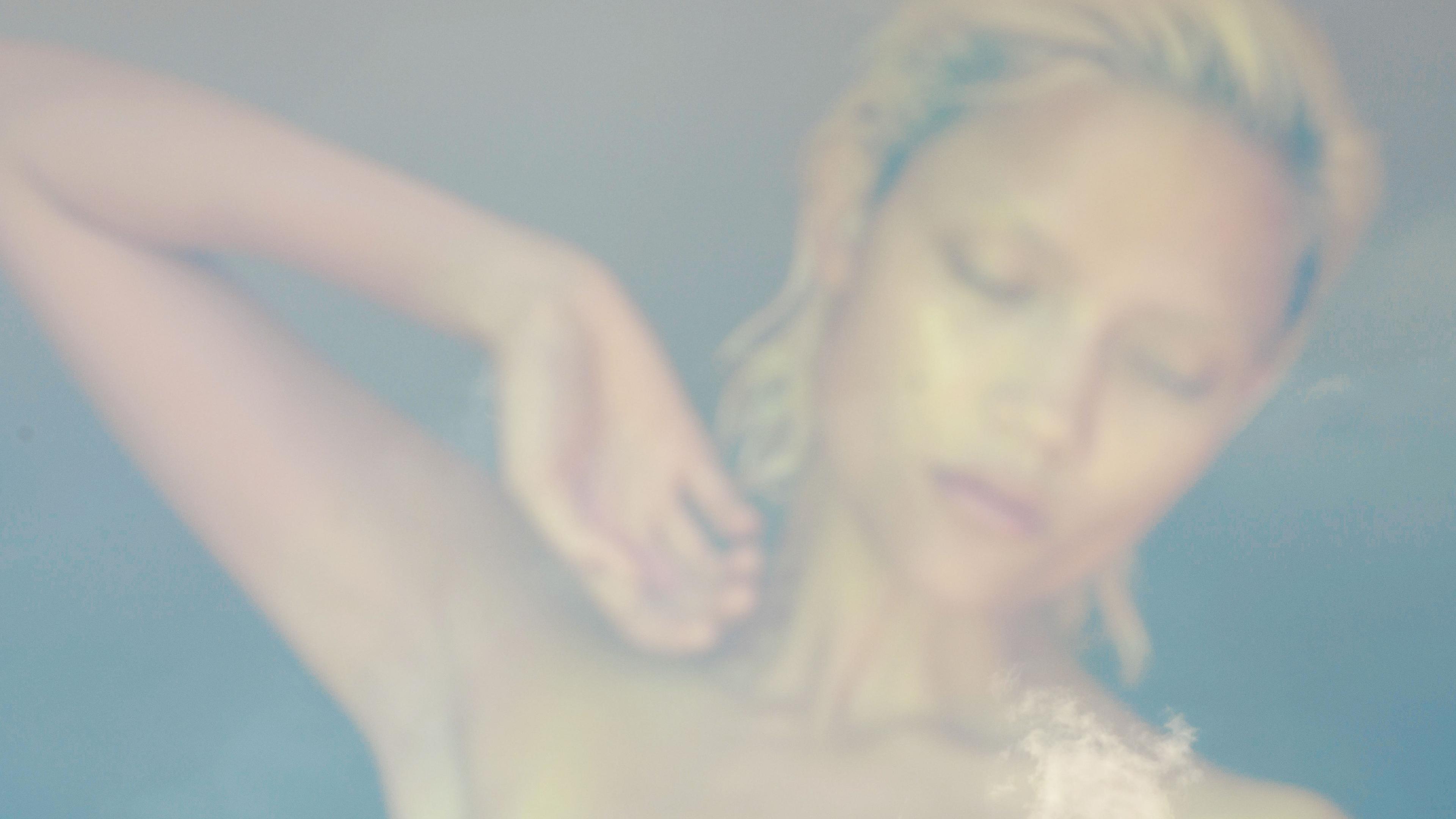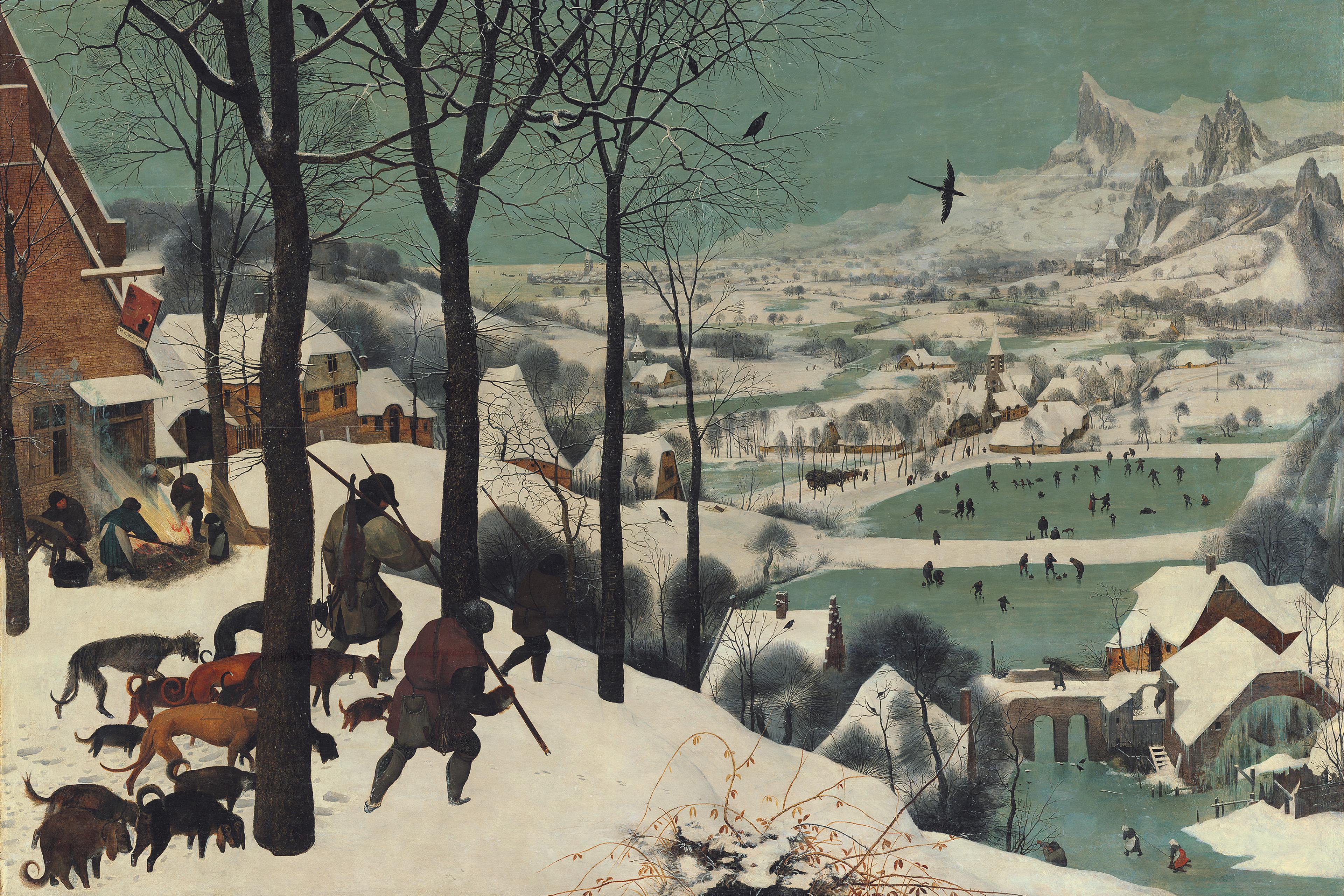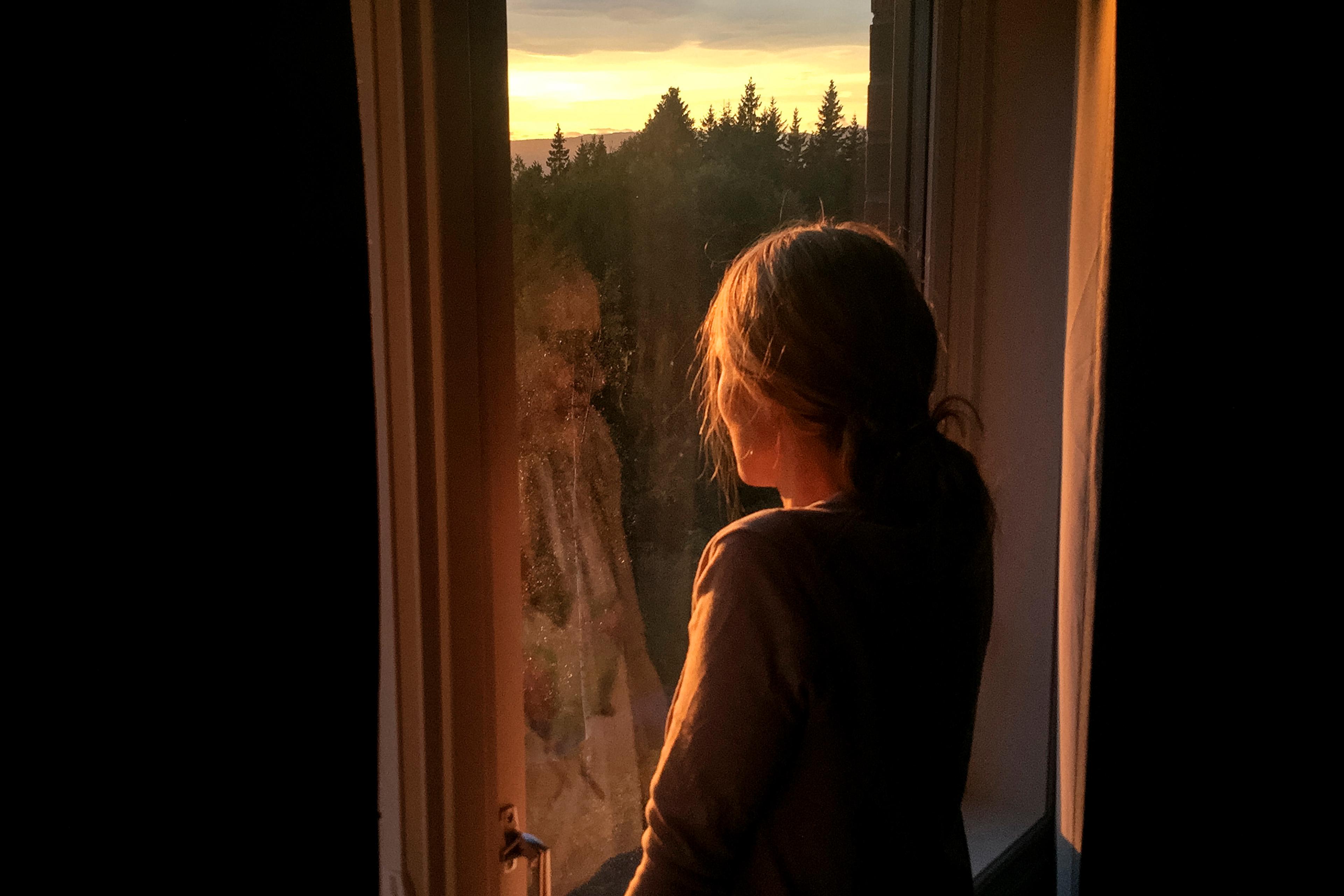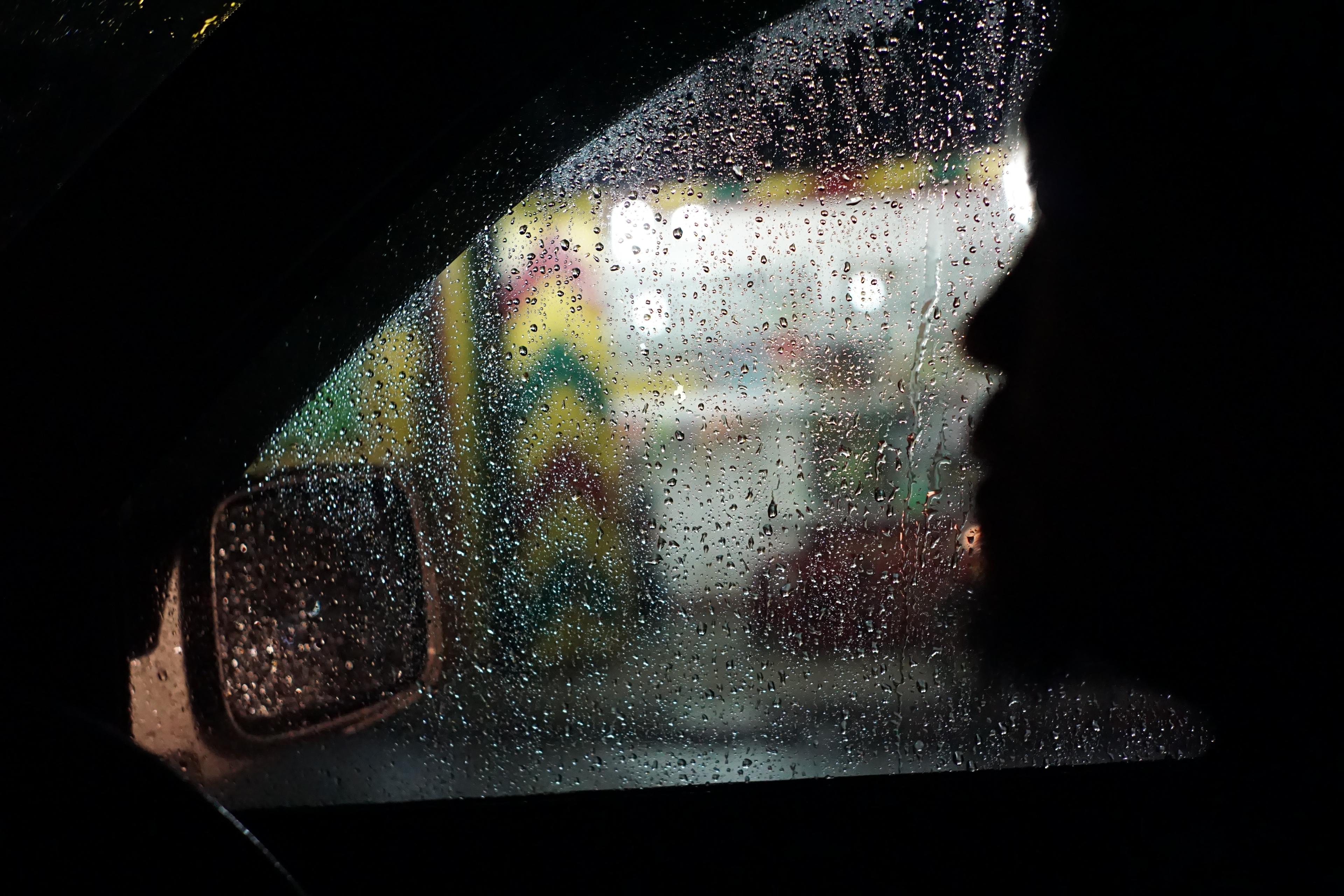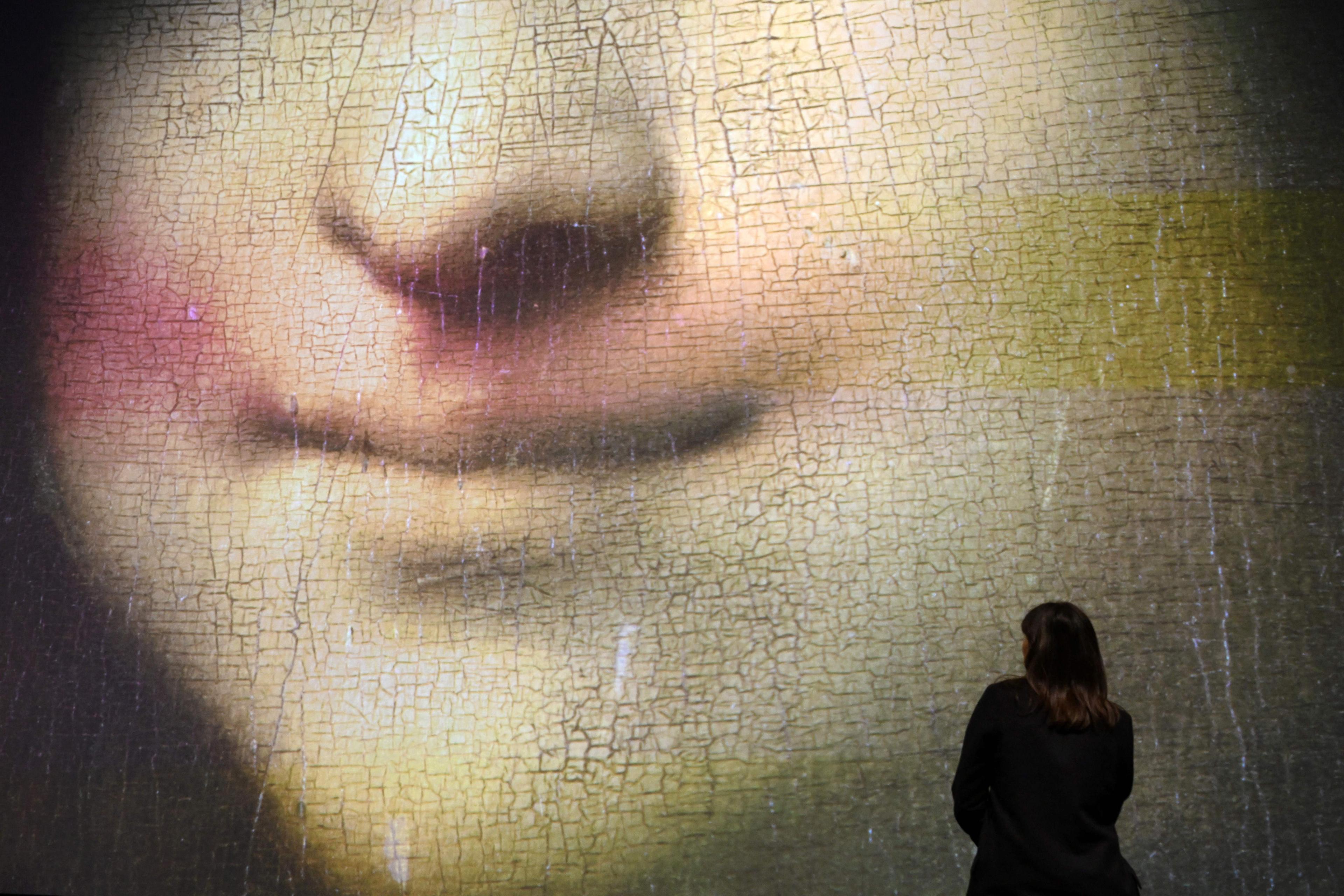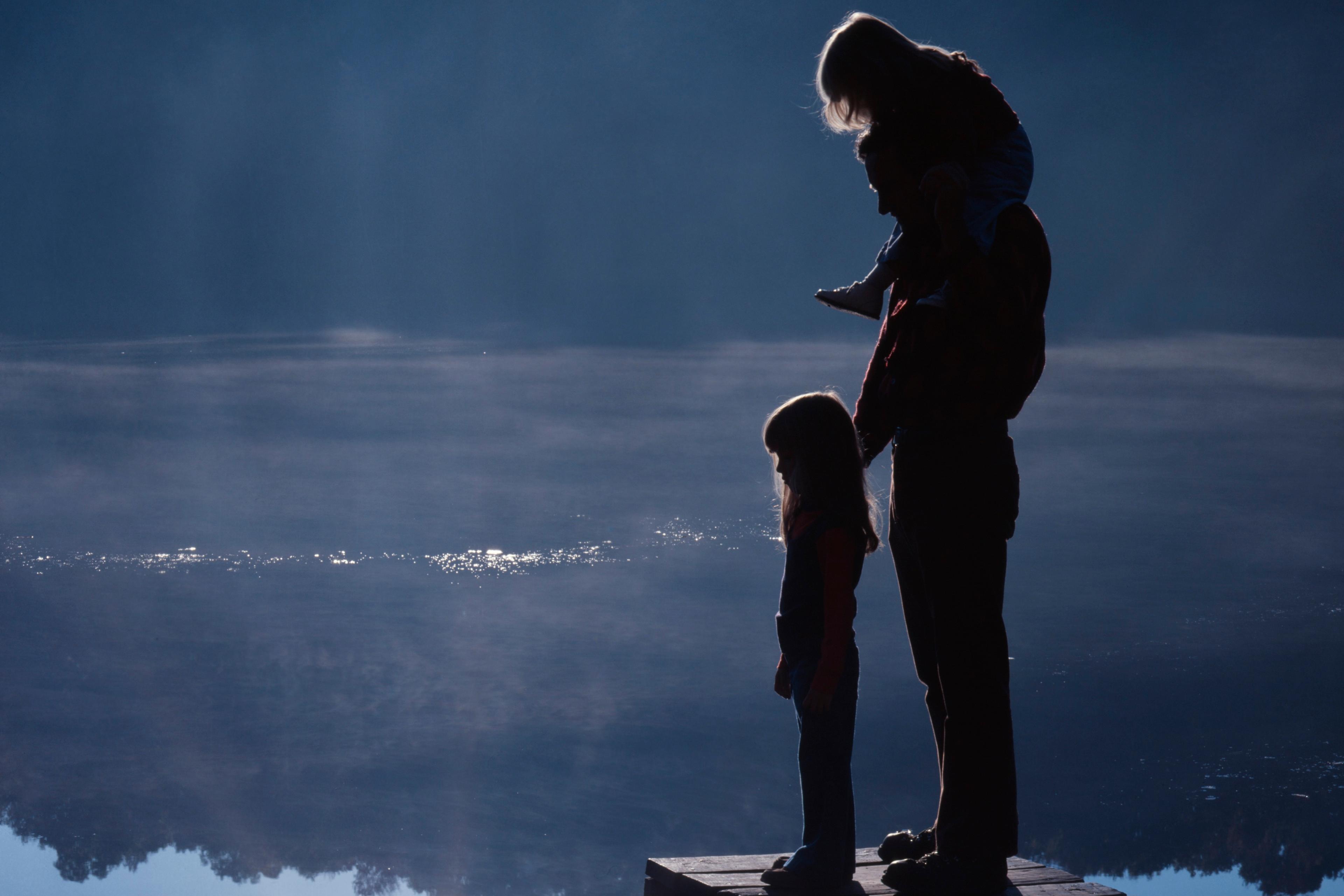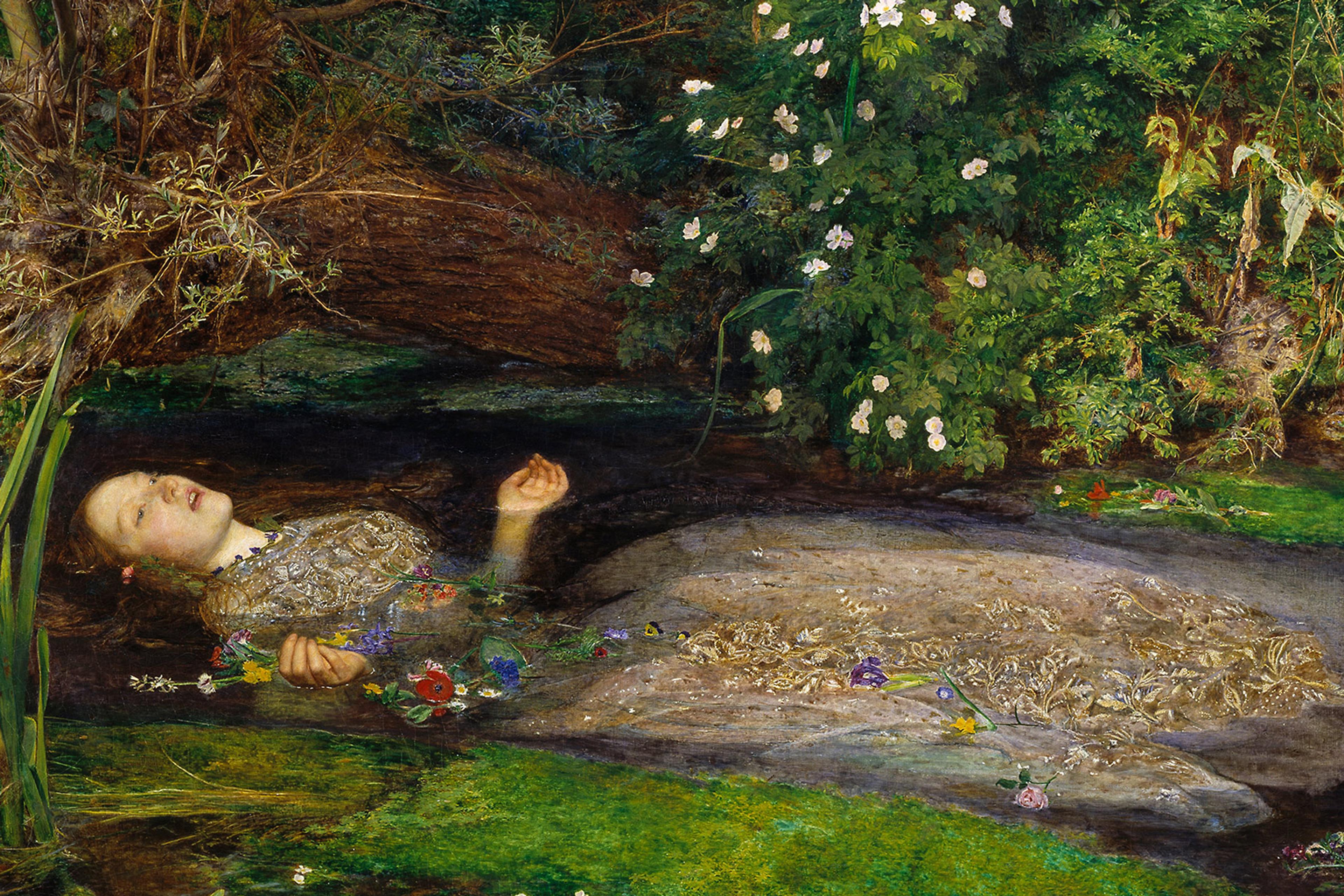1. As well as to dream and to wander, an ancient root of the word ‘reverie’ is the Middle French desver – to lose meaning. By letting meaning loose, allowing it to graze, we can put play in the tether that commonsense usually keeps tight. In Move Closer (2000), the philosopher John Armstrong sees creative reverie as a state of letting something happen: when we find ourselves absorbed in a process or practice, we surrender to a flow of associations by quietening the self. In this state, we’re able to apprehend something novel that leaves us surprised. But what is the stuff of reverie? If we wish to cultivate it, we must ask what we lose by describing it in purely computational terms.
2. In The Soul of the White Ant (1925), Eugène Marais, the Afrikaner poet and naturalist, prostrates himself in devotion to the termite, scrutinising the potent ‘invisible influence [that] streams from the organism of the queen’ to her soldier and worker ants – this influence ‘is a power beyond our senses; it can penetrate all material barriers, even such as thin steel or iron plates.’ Marais’s empirical scrutiny never denies the sacred. As a result, his thinking is sublime. His is a book I wish I’d written. Perhaps reverie is related to revere.
3. As a species of strenuous relaxation, reverie allows our private selves to mesh with forces in the outside world. While the emergent ‘insight’ suggests answers found inside ourselves, ‘spread mind’ theory – a kind of modern-day pantheism elaborated by the Italian philosopher Riccardo Manzotti, which supposes consciousness to inhere within physical entities – points to origins of creativity in the dynamic interplay between our mind and the world. As Manzotti puts it: ‘[M]ind is the point of the universe where knowledge and being are the same.’ Or, as the Canadian poet Karen Solie has it: ‘Objects of my attention made more of me.’ In reverie, we are propped open while the world has a sniff around.
4. One route to creativity is quickly solving problems inside a given conceptual space (symbolic). Another involves peering beyond the problem space’s current limitations to new meanings (semantic), and expanding meaning into something potentially contrary to everything achieved so far. So while flow states are pleasurable, reverie and the insights it apprehends might not be.
5. If we are to understand reverie, we need to differentiate it from flow. The psychologist Mihaly Csikszentmihalyi describes the flow state as the subjective experience of engaging in just-manageable challenges by tackling a series of clear proximal goals. But first comes a preparation period whereby we immerse ourselves into a group of problematic themes that stir up our interest and curiosity. Does the difference between talent and genius, certainty and uncertainty, embodiment and ecstasy reside in differences between flow and reverie? That reverie is simply intense flow is questionable, since reverie can be a sudden illumination and feel perilous. Indeed, the Norwegian psychoanalyst Eystein Våpenstad, quoting Steven Cooper, refers to ‘rougherie’.
6. Because reverie is indistinct, flow is better studied, and getting in among the material seems key to its initial stages. On hearing that ‘marble changes colour under different people’s hands’, the sculptor Barbara Hepworth realised that it was ‘not dominance which one had to attain over material, but an understanding, almost a kind of persuasion, and above all greater co-ordination between head and hand.’ Absorbed in playing or making, we process feedback on our progress, and adjust our actions accordingly. This holds whether playing Fortnite (ludic) or making pinch pots (aesthetic). Brain-imaging studies have begun to map the interconnected brain areas that contribute to flow states. But the well of suppressed experience and imagery, drawn upon in reverie in combination with the flickering fragility of the state itself, is not so amenable to study.
7. A conscious experience requires an intentional object. Whereas reverie, like dreams, provides a bridge or a dialogue between unconscious and conscious thinking, and doesn’t require an object, or trigger. Reverie states can be akin to the psychologist William James’s concept of the fringe – what Manzotti and his fellow philosopher Andrea Lavazza call ‘the intermediate zone between the mind and what is not yet mental’, while flow is a containment inside eager attentiveness. To transition from an embodied certainty to attending to ‘nothing’ takes guts. But this is a live nothing, not a vacuum. I scribble: Flow is to knowledge as Reverie is to wisdom? The g-force tests before we get into orbit?
8. After ‘immersion’, Csikszentmihalyi outlines an ‘incubation’ phase of the flow process in which ideas are tossed around beneath the threshold of consciousness – calling ‘to each other on their own without our leading them down a straight and narrow path’ and, here, unexpected combinations can come into being. An ‘incubation’ period doesn’t create novel insight, rather it’s a phase in which the cognitive system constructs the tools with which to see something. James’s fringe, in offering a working model of the shift from an unconscious to a conscious domain, would presumably allow for such a construction.
9. The visual anthropologist Amanda Ravetz points out that reverie states are not produced on command, through an act of will; or, rather, they are a product of intention, but where no urgency is involved. The psychoanalyst Marion Milner, in On Not Being Able to Paint (1950), links reverie to ‘a certain kind of absent-mindedness which is not easy to achieve unless one is given a certain type of protection and permission from the environment’. Only then might we open up our receptors and move from what the artist Jenny Eden calls an inner to an outer space, where the self disappears along with self-conscious rumination. Evaluative feedback, if negative – such as anticipated regret – might degrade our relationship with reverie. By ruminating on what might go wrong, we scupper the momentum needed to reach the escape velocity that reverie can demand.
10. Diary entry: There is no writing but in the face of doubt, it is restraint that provokes a lift-off into orbit – held at speed, I’m objectively vulnerable but subjectively safe. The Italian psychoanalyst Roberto Speziale-Bagliacca points to metaphors used by patients that imply that a lack of effort helps the reverie to form: not effortlessness, rather an active suppression of effort. But how far can one bear the impotence required, refusing the possibility of discovery while seeking novelty? These are questions that inhere in the poet Rachael Boast’s lines in ‘The Script of Sleep’ (2016):
The right words formed in my mind
backlit by the hum of their origin
yet even as they brightened into line
I fell asleep inside them
too tired to begin. If accident
has design, then here it is …
11. I Tweet: Laying still is hard when you are trying to discover something, a crass reinterpretation of John Keats’s more succinct thesis that if we can suppress our obsessive seeking after incessant facts and endure long periods of strenuous not-knowing – his ‘negative capability’ – then we can replicate what the psychoanalyst Wilfred Bion saw as his profession’s ideal receptive state of mind. Reverie of both types, then, although imaginative, is work not holiday. Only when the poet Alice Oswald lost her translation notebook and was forced to work without notes did she find that ‘not just the poem but the brightness beneath it was visible’.
12. Attention is involved then, but it doesn’t like the limelight. In a sense, Montaigne’s definition in 1580 of reverie as psychic activity not subject to attention presaged the discovery of the brain’s default mode network (DMN), which functional imaging reveals is activated during resting states. The DMN oversees tasks involving internally focused, self-referential cognition (or rumination) and also mind-wandering. It’s an important component of the neural basis of the ego and, when modulated (say, by LSD), it temporarily creates a more unified and interconnected brain where the self no longer feels ‘separate’ and ego is dissolved. In a 2002 paper for the journal Common Knowledge, the poet Anne Carson remarks how, in a similar bid to put her ‘self’ to one side, the heretic Marguerite Porete (burned at the stake in 1310) tested her ability ‘to clear her own heart and her own will off the path that leads to God’. At the moment of its annihilation, Carson says: ‘God practises upon the soul an amazing act of ravishing.’
13. Despite the unpredictability and low probability of naturally occurring mystical-type experiences in writing, I am always attracted to the idea of surrendering my responsibility for what goes on the page. Like the painter Celia Paul, who writes in her memoir Self-Portrait (2019): ‘You need to give yourself completely, while at the same time seeing things from a distance.’
14. Functioning as what Porete calls ‘le Loingprés’ or ‘the FarNear’, God opens ‘an aperture, like a spark, which quickly closes, in which one cannot long remain … ’ It might be that increased brain interconnectivity provides what might be called a ‘window of opportunity’ before the brain goes back to a more fixed state again. Such transition (a word that also describes the late phase of childbirth where, to the mother, death feels imminent) might show reverie as an intense interplay between the abstract and the perceptual, wherein annihilation and ecstasy are equally possible. Every important creative act, says Paul, ‘has this duality: of giving everything and then of letting go, so that the created work can have a life of its own.’ Oswald seems to capture precisely this straddling in her poem ‘Swan’ (2016):
A rotted swan
is hurrying away from the plane-crash mess of her wings
one here
one there
getting panicky up out of her clothes and mid-splash
looking down again at what a horrible plastic
mould of herself split-second
climbing out of her own cockpit …
15. The phase of interplay between perceptual and abstract inputs contributes to the creative semantic space such that the mind is a web. ‘The unity into which the Thought – as I shall for a time proceed to call … the present mental state – binds the individual past facts with each other and with itself, does not exist until the Thought is there,’ wrote James in 1890. Reverie affords this unity, and the thought is caught; art is found not made. The laws of physics do not change to make aeroplanes fly.
16. The rawness of exiting reverie helps us understand its nature. Someone has spoiled our game. Being yanked from reverie causes a definite rupture, provoking petulance, and requiring mending if one is to reinstate it. In reverie we are rendered vulnerable, sub-contracted into having the best brought out in us. In our new porous (pious?) state, our essence is drawn forth by forces beyond the centrifuge – and maybe even by the dynamic power of the FarNear – so that we can unify and connect with something more; receiving and transmitting at once.
17. Sightless, and willing to be guided without question, we are permitted to seek. Marais saw termites at ceaseless work as ‘mere automata, governed by the psychological power of the queen. For the same reason, they lost their sight, and other senses which are the accompaniment of an individual psyche.’ Does taking leave of our senses render us more or less receptive than these ‘guided’ termite automata? Only by testing the boundaries of flow and reverie might we discover whether reverie deepens our connectedness by removing our individual targets or by making us blind to them, or both.
